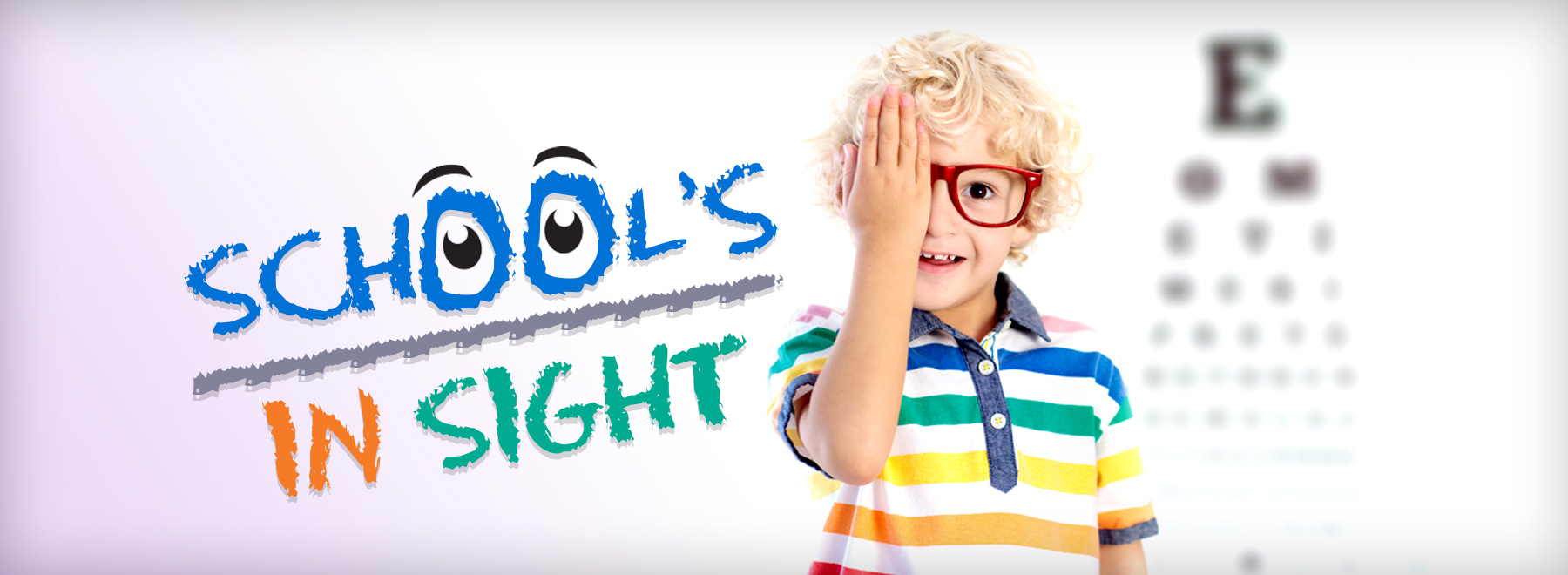Vision screenings, exams are back-to-school basics, UMMC experts say
Seeing the writing on the blackboard is as much of a classroom essential as pencils and notebooks, University of Mississippi experts say.

Children often get an annual vision screening at school or at pediatric checkups, said Dr. Nils Mungan, professor of ophthalmology, and Dr. Hongvan T. Le, assistant professor of ophthalmology.
“Children get their first vision screening at birth by a primary care provider,” Mungan said. “Children should get a repeat screening from their primary care provider at 6 to 12 months of age and then annually. If any abnormality is suspected or detected by routine screening, they should receive a more comprehensive eye examination by a pediatric ophthalmologist.”
In a child too young to talk, the screening is done by inspecting the outside of the eye with a light to look for structural abnormalities. An instrument called an ophthalmoscope is used to look for a normal red reflection out of the pupil, called the red reflex. This can detect refractive errors, misalignment of the eyes (strabismus), and uncommon disorders such as cataracts and retinal tumors, Mungan said.
Refractive errors are focusing errors of the eye, such as myopia (near-sightedness), far-sightedness or astigmatism, which are correctable with glasses. An abnormal appearance to the eyes, such as crossing or outward turning of the eyes, requires prompt medical attention.
After age 3, the child can usually be screened with eye charts consisting of either pictures or letters.
“Photoscreening can also be used on even younger children,” Mungan said. “This is an automated technique using a special camera to assess the red reflex and can detect most of the most common problems such as refractive errors and strabismus. It can be used by any trained personnel to quickly screen children at clinics, schools or other community settings.”

Eye exams are essential for children who wear glasses, Le said. “It is not unusual for children’s glasses prescriptions to change from year to year. This is not necessarily a bad thing – it simply means that their eyes are growing.”
Children squinting, holding books closer, or standing closer to see better could indicate they need a formal vision exam and possibly glasses, Le said.
Myopia, or nearsightedness, is on the rise, according to the American Academy of Ophthalmology, which predicts that half the world’s population may be nearsighted by 2050. Studies indicate that screen time may contribute to the risk of developing myopia.
People who have myopia, also known as nearsightedness, can see close-up objects clearly, but objects farther away are blurry.
“The worldwide incidence of myopia has been dramatically increasing over the past 20 years. While the reasons for this increase are not fully understood, data suggests that excessive ‘near’ work such as screen time, decreased outdoors time and genetic factors all play a role,” Mungan said. “Limiting use of handheld devices and spending at least one to two hours outdoors every day can help reduce the occurrence and severity of myopia.”
Myopia that begins in early childhood can worsen as the child grows. If these changes are too extreme, it can be hard to correct the blurriness with glasses or contact lenses and the risk of potentially blinding eye conditions rises, including retinal detachment, glaucoma, early cataracts and myopic maculopathy, a leading cause of blindness worldwide, the AAO reports.
“Excessive screen time has become an increasing problem especially since the pandemic led to more virtual learning and shut-in time. Screen time includes time spent on phones, tablets, computers and TV. Excessive screen time can lead to fatigue, eye strain, dry eyes, headaches and myopia,” Mungan said. “The American Academy of Pediatrics recommends that children under the age of 2 have no screen time at all except for video phone calls. For children ages 2 to 5, limit screen time to one hour per day. We also recommend the “20/20/20” rule – take a 20-second break every 20 minutes by looking at something at least 20 feet away to allow the eyes to relax. Avoid using screens on their brightest settings, especially in very dark rooms, and do not use screens at all within an hour of bedtime.”
The above article appears in CONSULT, UMMC’s monthly e-newsletter sharing news about cutting-edge clinical and health science education advances and innovative biomedical research at the Medical Center and giving you tips and suggestions on how you and the people you love can live a healthier life. Click here and enter your email address to receive CONSULT free of charge. You may cancel at any time.



